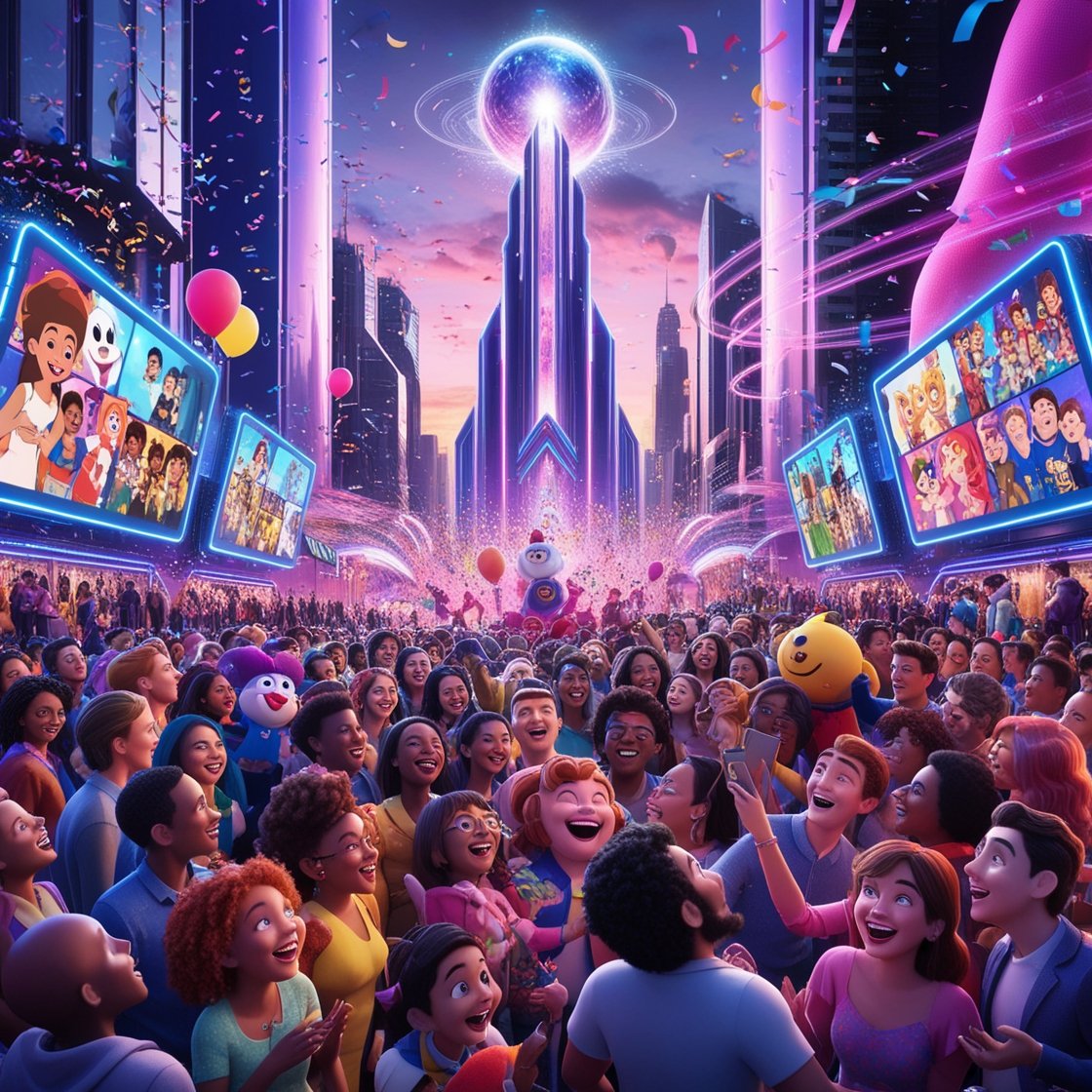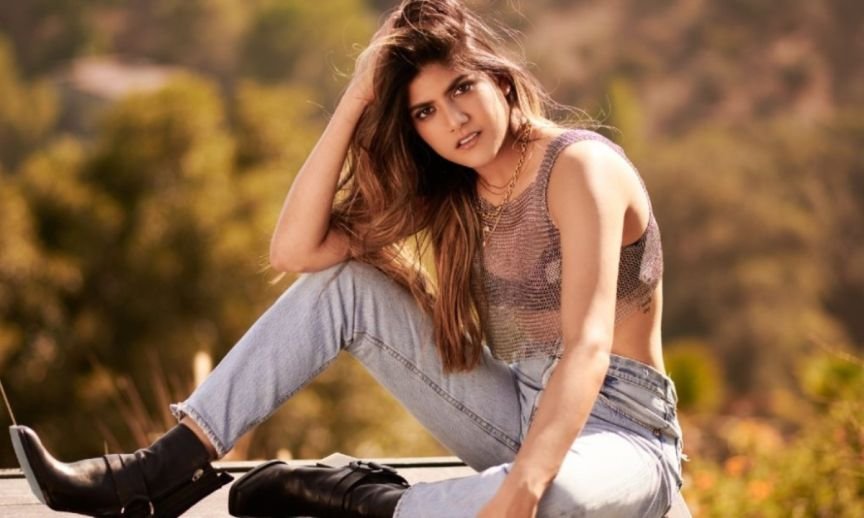
Is Animation Becoming More Mainstream?

Over the past decade, animation has undergone a remarkable transformation—from a niche subculture to a major force in global entertainment. Once considered a genre enjoyed mainly by passionate fans in Japan and select Western audiences, anime is now a household term worldwide. But is anime truly becoming more mainstream? The short answer: absolutely. Let’s explore the key factors fueling this growth and how anime is becoming more mainstream on a global scale.
The Streaming Boom: Animation Goes Global
One of the biggest contributors to anime’s rise in popularity is the streaming revolution. Platforms like Netflix, Crunchyroll, Hulu, and Amazon Prime Video have significantly expanded their anime catalogs, making it more accessible than ever before. Netflix alone has invested heavily in anime production, launching exclusive titles such as Yasuke, Castlevania, and Devilman Crybaby that appeal to a wide audience, including those who have never watched anime before.
By offering subtitles and dubbed versions in multiple languages, these platforms have eliminated the language barrier that once limited anime’s appeal. The result? A massive influx of new fans from all corners of the globe.
Celebrity Endorsements and Pop Culture Crossovers
Anime has also caught the attention of celebrities and major brands, further pushing it into the mainstream spotlight. Stars like Megan Thee Stallion, Michael B. Jordan, and Billie Eilish have openly expressed their love for anime. Jordan even partnered with Coach to create an anime-inspired fashion line.
These endorsements normalize anime fandom and show that it’s not just for “geeks” or “nerds”—it’s for everyone. Add to that anime-style ads by major brands like Adidas and Louis Vuitton, and you’ve got a cultural shift in motion.
Animation ’s Influence on Western Media
Western studios are increasingly adopting anime-inspired visuals and storytelling techniques. Shows like Avatar: The Last Airbender, Arcane, and The Legend of Vox Machina draw heavily from anime aesthetics, proving that Japanese animation has become a source of creative inspiration far beyond its borders.
Hollywood has also taken notice. Live-action adaptations of popular anime titles like One Piece, Cowboy Bebop, and Death Note (with varying levels of success) are being produced at a faster pace. While these adaptations often stir debate within the anime community, they undeniably raise anime’s profile in mainstream media.
Social Media and Fandom Culture
Platforms like TikTok, Twitter, Reddit, and Instagram have become hotbeds for anime content, memes, and fan discussions. Anime-related hashtags often trend globally, with users posting cosplay, reviews, and reaction videos. This kind of organic, fan-driven promotion accelerates the spread of anime culture and creates a welcoming community for newcomers.
Apps like MyAnimeList, AniList, and Crunchyroll’s own forums also help fans connect, share, and discover new shows. The communal nature of anime fandom is no longer confined to convention halls—it’s now thriving online, 24/7.
Broadening Genres and Diverse Storytelling

Anime’s content has diversified dramatically, appealing to a wide range of tastes, ages, and backgrounds. While action-packed shonen series like Demon Slayer and Attack on Titan still dominate, there’s also a growing appreciation for slice-of-life, romance, horror, sci-fi, and even philosophical anime like Your Name, Clannad, and Made in Abyss.
This genre diversity makes animation more relatable and appealing to mainstream audiences who may not connect with traditional superhero shows or Western cartoons.
Merchandise and Conventions: A Booming Industry
Anime merchandise is big business. From figures and clothing to home decor and mobile games, the anime industry has tapped into a highly lucrative market. Pop-up anime stores and global conventions such as Anime Expo, Comic-Con, and Japan Expo regularly attract hundreds of thousands of fans, showcasing just how massive the fanbase has become.
Final Thoughts: Animation Is Here to Stay
So, is anime becoming more mainstream? The evidence is overwhelming. What was once a niche hobby is now a major player in global entertainment. With the support of streaming platforms, celebrity fans, social media, and an ever-growing library of content, anime has transcended cultural and geographical boundaries.
Whether you’re a longtime otaku or a newcomer just getting into Spy x Family or Jujutsu Kaisen, one thing is clear: anime isn’t just popular—it’s a global phenomenon.
Read more news here.
Want to read interesting blog related to this? click here.






